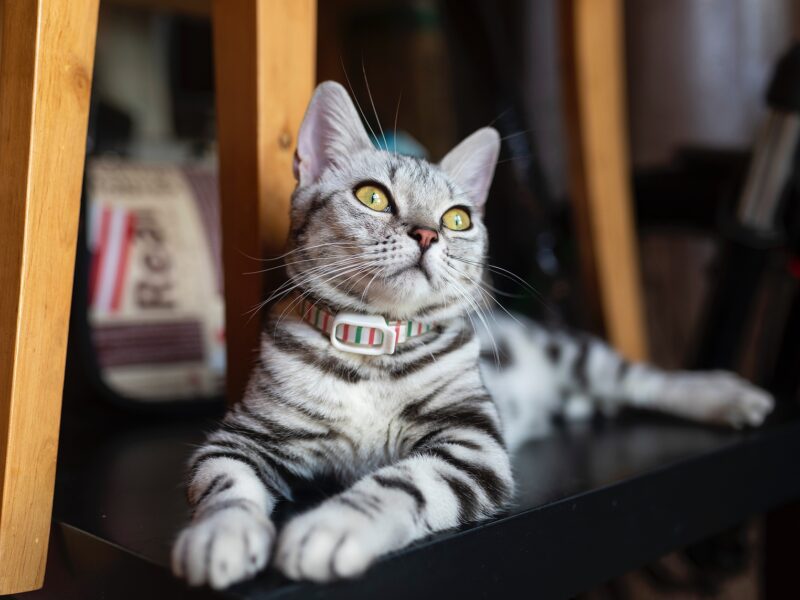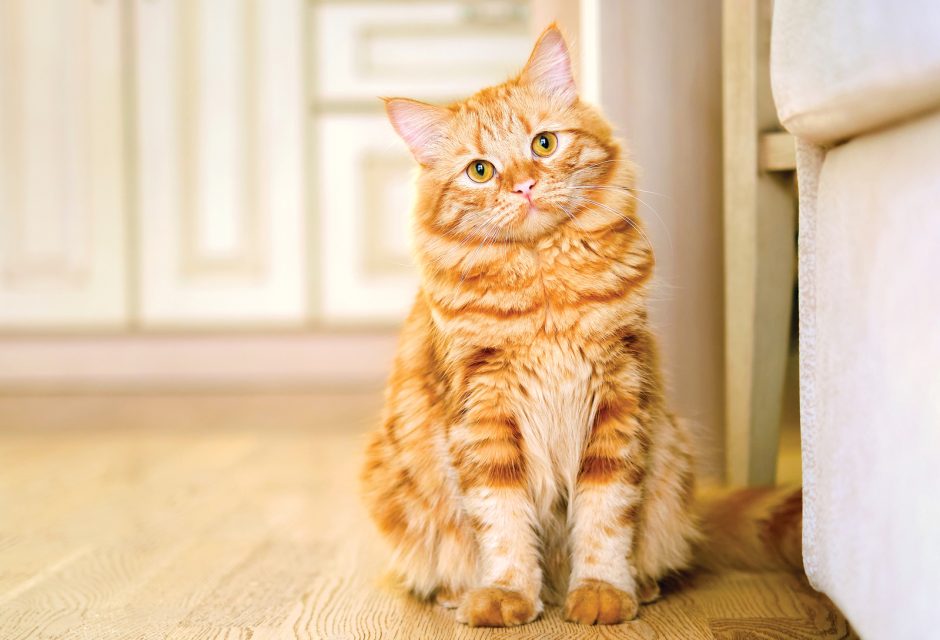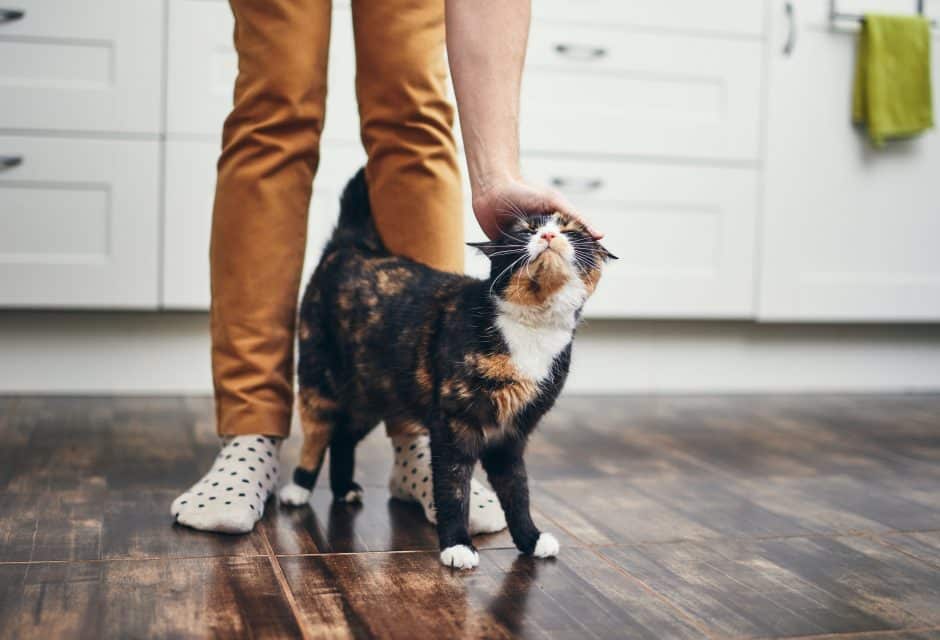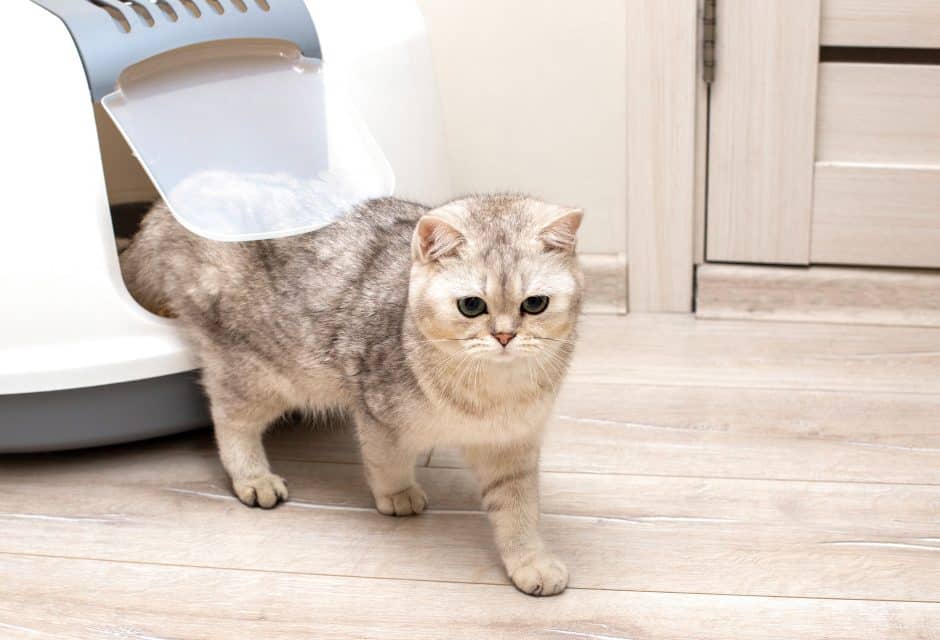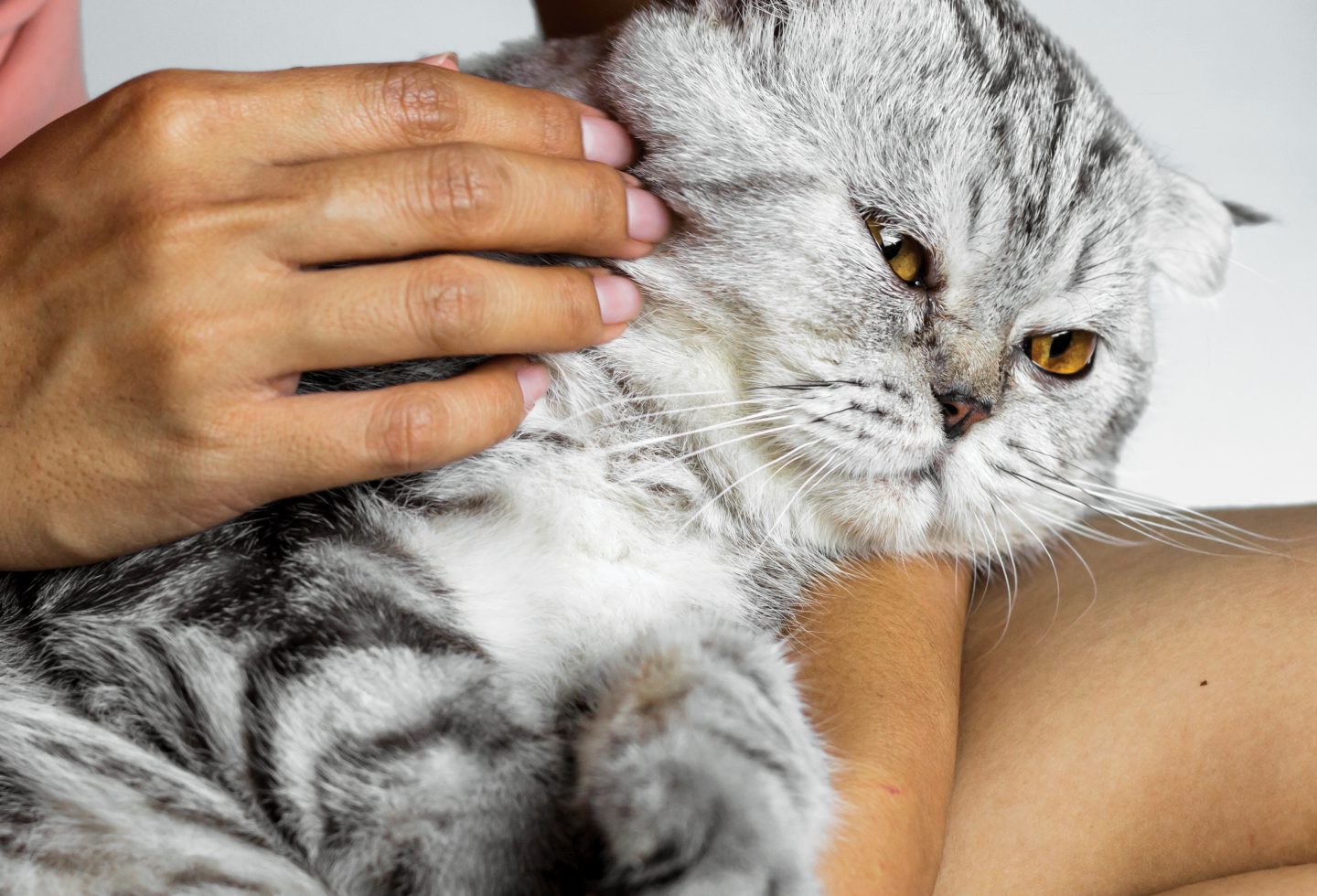
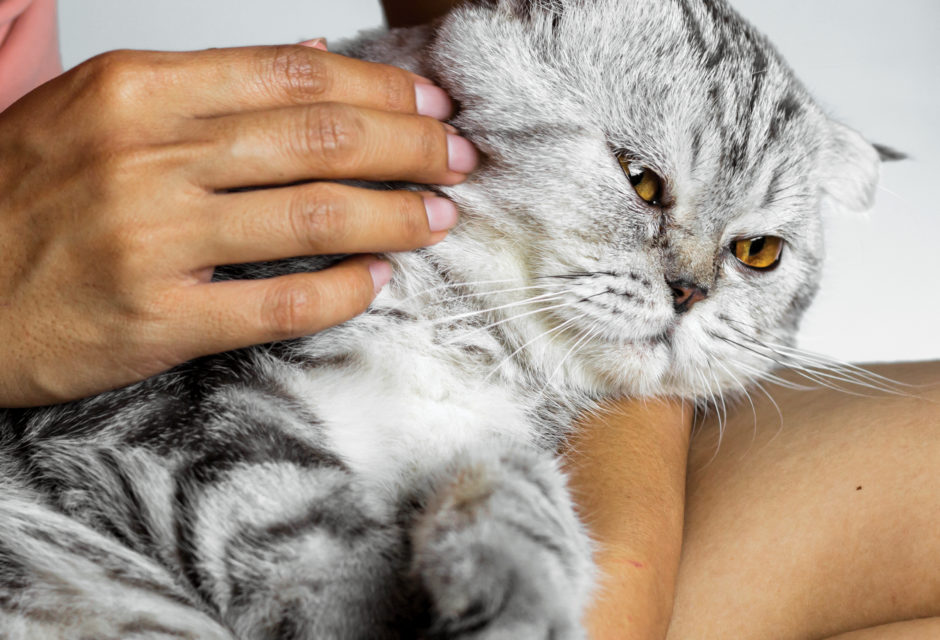
How To Pet a Cat the Right Way!
If your cat “randomly” attacks or bites, you’re doing it wrong
“My cat just randomly attacks!” “I’m petting my cat and out of nowhere, she sinks her teeth into my hand. What’s going on?” “My cat is Jekyll and Hyde! One minute he is loving being loved on, the next he scratches the heck out of me and bolts!”
Does this sound familiar? If you experience something similar with your cat, chances are you are petting your cat wrong.
How to Pet a Cat
Cats rarely attack “randomly.” What’s at work here is petting-related aggression caused by overstimulation. And it can be downright scary, not to mention painful. In short, cats are sensitive. Chances are, you’re not focused on your cat’s body language, causing you to pet your cat too long. Once they reach the stimulation-overload breaking point—whammo! You have a cat that flips out and bites or scratches, leaving you with a bleeding hand and hurt feelings. There also may be “no go” areas your cat simply doesn’t want pet, whether because of a bad memory, pain, or simply dislike to sensitivity.
Jackson Galaxy advises to look out for the following body language cues and immediately STOP before your cat feels it necessary to take it to the next step.
Signs of Imminent Cat Attack:
- Widening or “blackening” of the eyes (dilated pupils)
- Ears turned or laid back
- Twitching tail
- Whiskers flattening against the face
What to do If Your Cat Attacks When Being Pet
Never try to restrain the cat. Stop petting and remove yourself (especially vulnerable face and hands) from your cat’s reach. If possible, offer up a throw pillow, toy, or socks to redirect your cat’s attention/aggression. To avoid future incidents, mind that feline body language. Chances are your cat is telling you he’s had enough and you’re just missing the signs.
How to Diffuse Anxiety and Tension + Reduce Your Cat’s Sensitivity: Play!

Photo: bigstock.com/ds.studio
Tips for Playing With Your Cat
- Play with your cat every day, no exceptions. Even just 10 to 15 minutes will make a big difference to your cat. Multiple sessions in the day are even better.
- Be present. Really play with your cat, maneuvering the toy out from under furniture to look like prey, rather than just plunking it down in front of her.
- Allow your cat to complete “the kill” by catching the toy. Not allowing your cat to do so is very frustrating.
- Short is better. Your cat doesn’t want a marathon play session. Instead, get her engaged and excited, then give her a minute to calm down before re-engaging her in the game.
Join the newsletter and never miss out on cat content again!
"*" indicates required fields
By clicking the arrow, you agree to our web Terms of Use and Privacy & Cookie Policy. Easy unsubscribe links are provided in every email.






